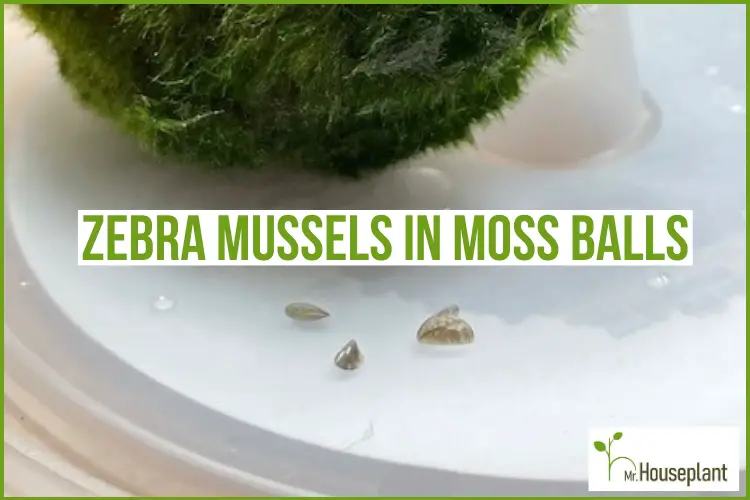
The US Government is asking us to destroy moss balls. Yes, you read it well. They are asking us to destroy marimo moss balls. According to the U.S. Fish and Widlife Service (FWS), on March 1, 2021 scientist were alerted that invasive zebra mussels have been found in the very popular marimo moss balls in many different US states.
I know, destruction of marimo moss balls is not what you want to hear. We all love our marimos. They are adorable, easy to care for, low light tolerant. But at the moment there is a lot of talk about them representing a danger to the environment. Please continue reading to see if that’s really the case and what you should do.
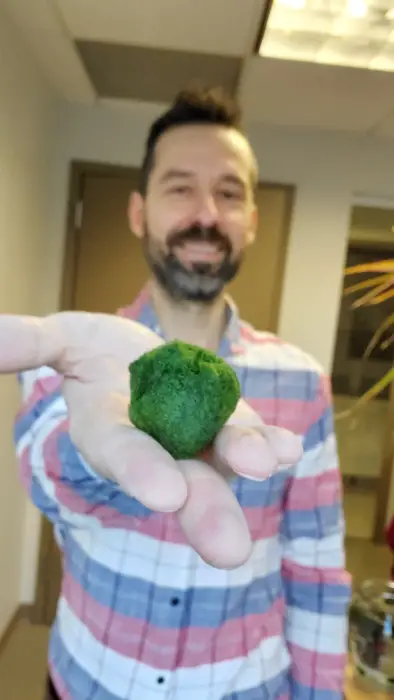
Zebra mussels are an incredibly invasive species that can cause huge damage to local ecosystems. Once they establish themselves in water, they can change the chemistry of water, disrupt the food chain and clog water delivery systems. They outcompete other native species in infested rivers and lakes. They are a threat to native mussels. And their microscopic larvae can spread invisibly. So just because you don’t see them, doesn’t mean your moss balls are not infected.
The concern is that when people replace water for moss balls or dispose of the moss balls, mussels could be introduced in waterways. Today zebra mussels are established in more than 600 lakes in over 30 states. But there are still many places that haven’t been infected. See what they look like in the next image.
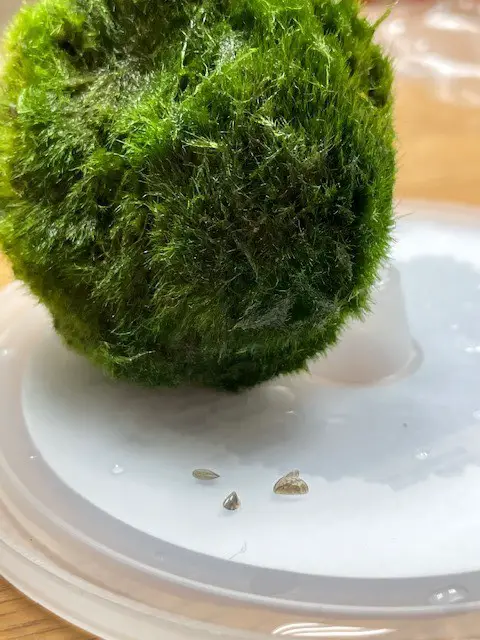
Is there a place where I can safely purchase marimo moss balls?
It’s still unclear where the contamination is coming from, whether it’s happening within the supply or somewhere along the distribution chain, or in retail shops. It is unknown which stores have contaminated moss balls. So unfortunately, at this moment it’s impossible to say which places are safe for purchase.
Some marimo ball suppliers and retailers have very extensive quarantine and treatment processes, in an attempt to prevent zebra mussels and other organisms from spreading. And these suppliers have been very open about it, you can read more about their processes on the Sacred Elements blog (use code MRHOUSEPLANT for 20% off).
What I can suggest, if you are looking to buy marimo moss balls, is to be careful. Do your due diligence. Look for reputable sellers. Ask your supplier if their shipments have been inspected and cleared by USDA. Ask what they are doing to make sure their moss balls are not infested with zebra mussels.
I will post more information as the situation unfolds.
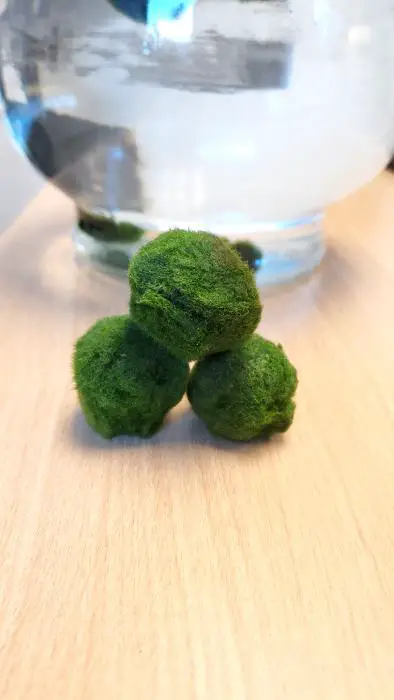
Where have zebra mussels been found?
As of March 4, 2021, zebra mussels have been found on moss balls in 26 US states.
I found a zebra mussel in my marimo moss balls, what do I do?
Submit a report to USGS Nonindigenous Aquatic Species data base. Then follow the procedure listed on this page to get rid of the moss balls.
What should I do if I recently purchased a moss ball?
If you recently purchased moss balls, the FWS recommendation is to destroy them, even if you haven’t found any zebra mussels. As I mentioned, their larvae are microscopic, so you won’t be able to see them with the naked eye.
The way you dispose of moss balls is extremely important. You need to destroy and dispose of moss balls properly, treat the contaminated water and properly wash the bowl/aquarium. Carefully follow these instructions:
1) Destroy the marimo moss balls by:
1) Freezing – Put the moss ball into a sealable plastic bag and freeze for at least 24 hours
2) Boiling – Place the moss ball in boiling water for at least 1 minute
3) Bleaching or treating with vinegar – place the moss ball in chlorine bleach or undiluted white vinegar for 20 minutes
Dispose of the moss balls and any of its packaging in a sealed plastic bag in the trash. If you used bleach, vinegar or boiling water, you can pour the liquid down a household drain. Not down a storm drain where it could enter local waterways.
2) Treat the water where the marimo moss balls were residing by:
adding 1 cup of bleach for each gallon of water. Let the water sit for about 10 minutes and then pour the sterilized water down a household drain.
3) Clean the aquarium or the bowl where you kept moss balls using one of the following methods:
1) Hot water – Use water that is 120 degrees F (49C) to flush the aquarium or glass bowl for at least two minutes
2) Salt water – Make a solution using ½ cup of salt per gallon of water and soak aquarium substrate, rocks and décor in salt water solution for at least 24 hours. Pour the treated water down a household drain and rinse all items prior to setting up the aquarium.
3) Bleach disinfection – Make a disinfection solution using 1 cup of bleach per gallon of water. Soak the aquarium, substrate, rocks, décor, and filter media in the bleach water solution for 10 minutes. Rinse off all items prior to setting up the aquarium. Dispose of the previously used filter media and replace with new media. Use a dechlorinating product to neutralize any residual chlorine prior to reintroducing aquatic life.
When using any of the methods above, you should also check if the method you choose is in line with your local state laws.
Can I just keep my marimo moss ball for a few months, instead of destroying it?
FWS is asking us to destroy all recently purchased moss balls. What does ‘recently purchased’ constitute? Does it mean purchased in the last month? Last 3 months? Last 6 months? Hard to say. I have reached out to the Fish and Wildlife Service with this question and I will update this article as soon as I learn more.
Is it really necessary to destroy them?
The good news is that on Mar 18th, FWS updated their guidance to offer quarantine as an alternative to destroying moss balls. This only applies in case you haven’t spotted any zebra mussels.
If you haven’t seen any zebra mussels, closely inspect the aquarium/marimo bowl once a week for at least 6 months. If you find mussels, apply the decontamination steps described above. You should not trade or sell marimos during the quarantine period. If you keep them in an aquarium and you remove any plants, place them in a sealed plastic bag, freeze for 24 hours and dispose of in trash.
After 6 months, the quarantine ends.
Some moss ball retailers, like Sacred Elements, recommend treating moss balls with a solution of salt water. Here is their recommendation: “Add 7 teaspoons full of aquarium salt to a liter of water and mix well until fully dissolved. Place marimo moss ball in the salt water solution, out of direct sunlight and let it sit for 36 hours. Remove and rinse under cold tap water for 10 seconds, squeezing gently before replacing them into spring, rain or tap water once again.”
Come back for updates on the moss balls and zebra mussel situation, or you can also follow directly at the source, the website of the U.S. Fish and Wildlife Service.
I sincerely hope that we will have more information soon and that we will be able to continue growing moss balls without worries like this.
Please share this information with your friends who have marimos.
Yours Truly,

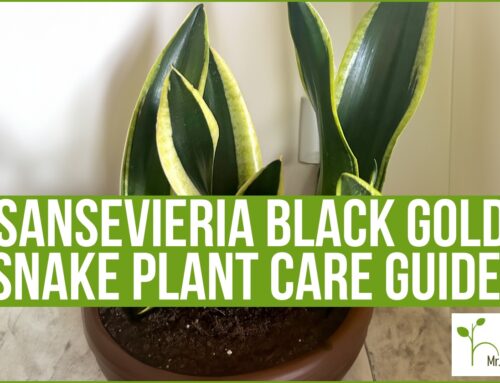

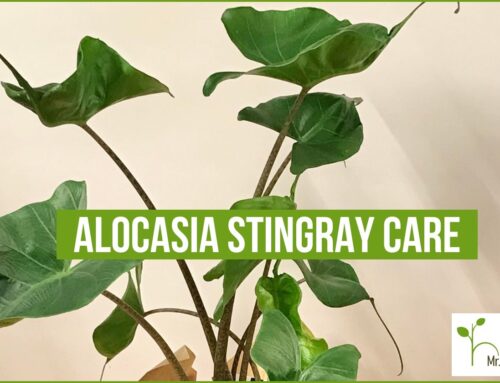


Thank you!! You do great work!
Thank you Patty!
Thank you very much. This saddens me but I definitely appreciate it.
Hopefully, the situation will get better soon. It has improved already. The guidance has been revised a few days ago to include quarantine. Previously the only FWS recommendation was to destroy moss balls.
Interesting post, this is a serious problem in the US, here in the UK it hasn’t been banned yet if you source it properly but saying that Etsy UK has already banned the sale of Marimo moss balls. Thanks for sharing that was very useful.
Thank you for sharing the situation in the UK :) There haven’t been any updates in the US on this topic since July 2021, but I’ll keep monitoring the US Fish and Wildlife Services website and post updates here.
oh this makes me so sad! i found marimo moss balls to be very cute and i was planning to buy one, i’m glad i saw this though!
Hi Toby, there are places where you can buy them safely, like Sacred Elements that I mentioned in the blog. They will have them available for sale soon :)